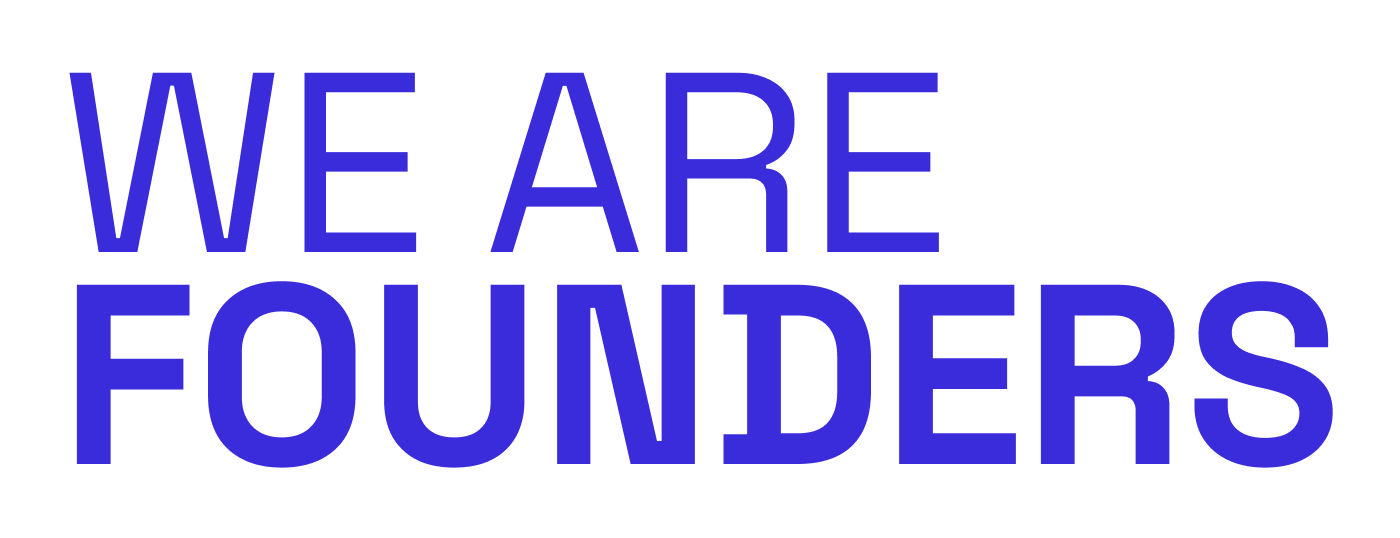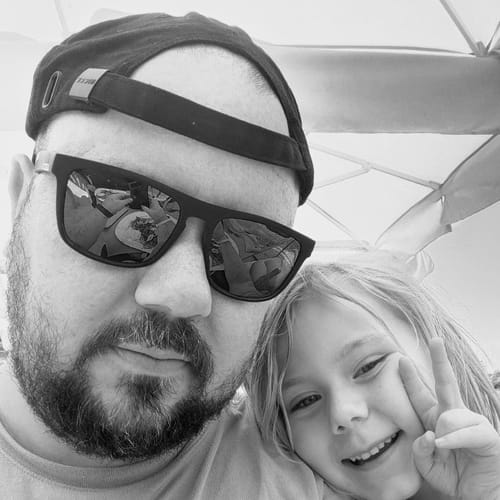What are TAM, SAM, and SOM?
TAM, SAM, and SOM are three nested metrics used by startups and investors to calculate the true market opportunity and potential sales of a new venture. They help move the conversation from "the whole world" to a realistic sales target.
1. TAM: Total Addressable Market The TAM is the maximum, theoretical size of your market if you captured 100% of all possible revenue.
- Example: The total revenue generated by all customer relationship management (CRM) software sales globally.
2. SAM: Serviceable Available Market The SAM is the segment of TAM that your current business model or geographical area can realistically serve. It factors in limitations like product features, regulatory environment, and language.
- Example: The revenue generated by CRM software sales in the UK and Ireland that are specific to small businesses.
3. SOM: Serviceable Obtainable Market The SOM is the realistic market share you can capture from the SAM within the next three to five years. This is your practical sales target, based on your current resources, competition, and distribution channels.
- Example: 5% of the UK and Irish small business CRM market.
Why Investors Demand This VCs need to know two things:
- Is the market big enough to return 10x capital? (Answered by TAM).
- Does the founder have a credible strategy for execution? (Answered by SOM).
Founders often talk about TAM, but investors care most about a well-justified SOM, as that proves you have a clear execution plan.
Key Takeaway: TAM is the dream, SAM is the reality, and SOM is the execution plan. You must clearly define all three before pitching investors.


